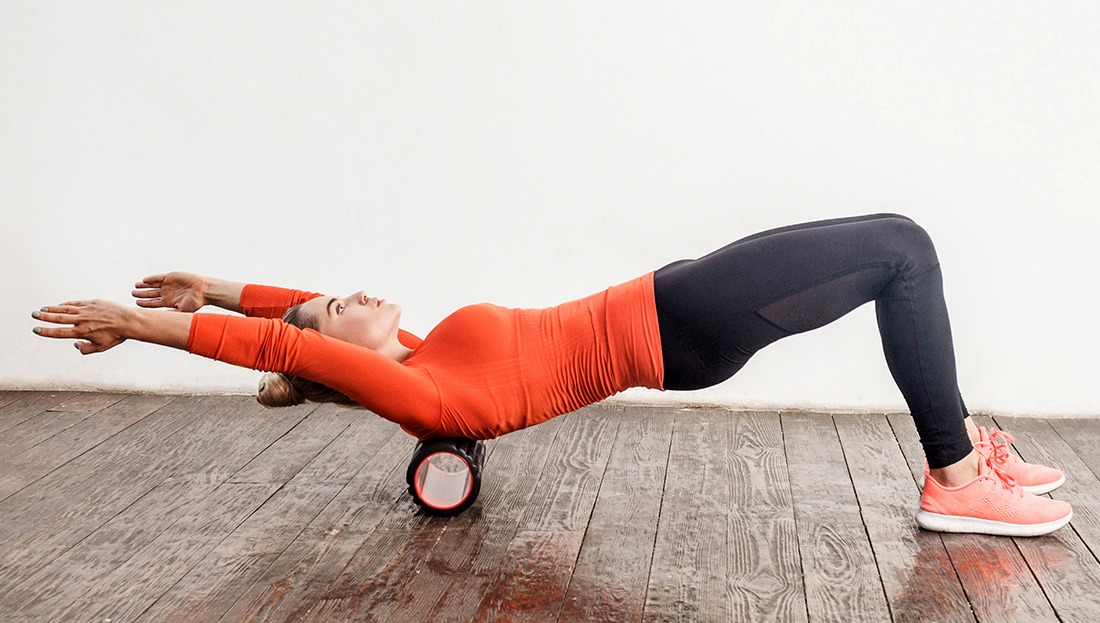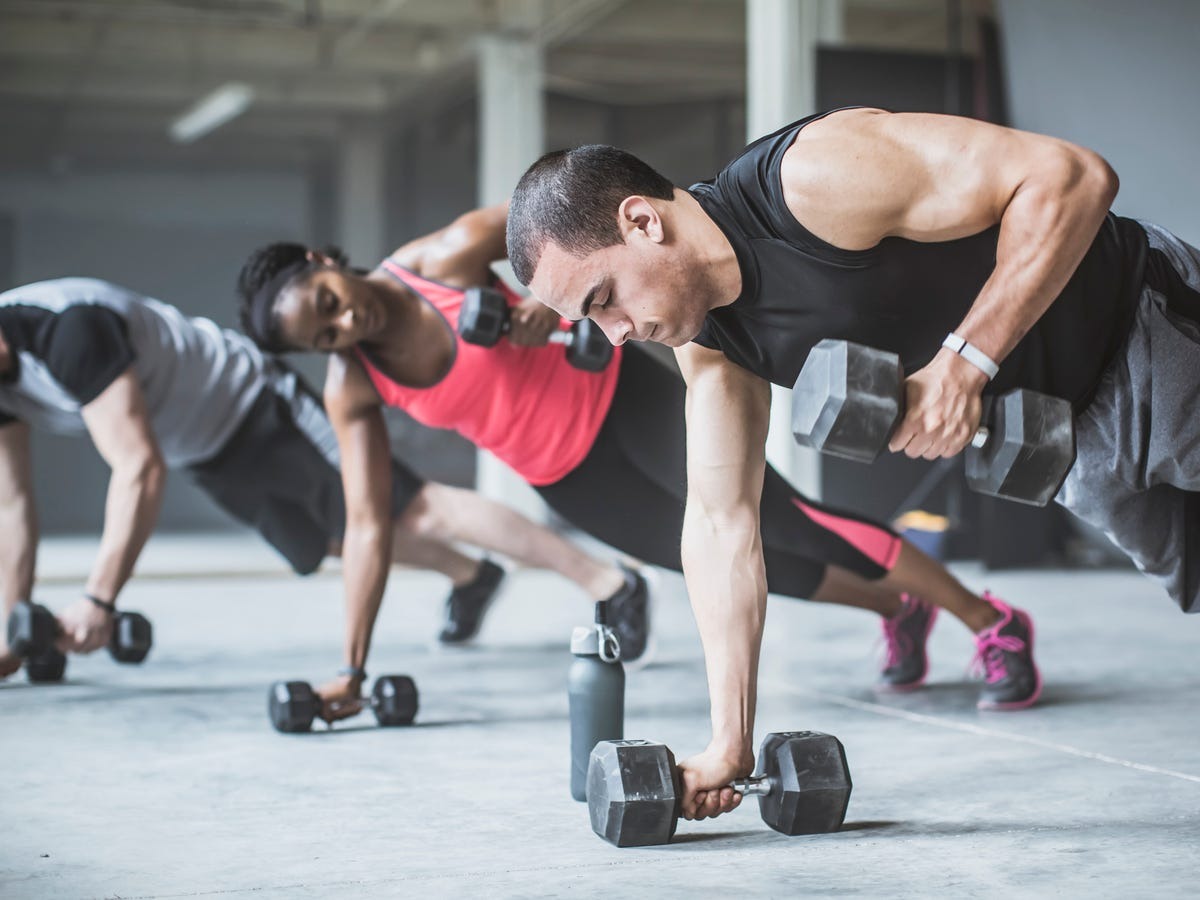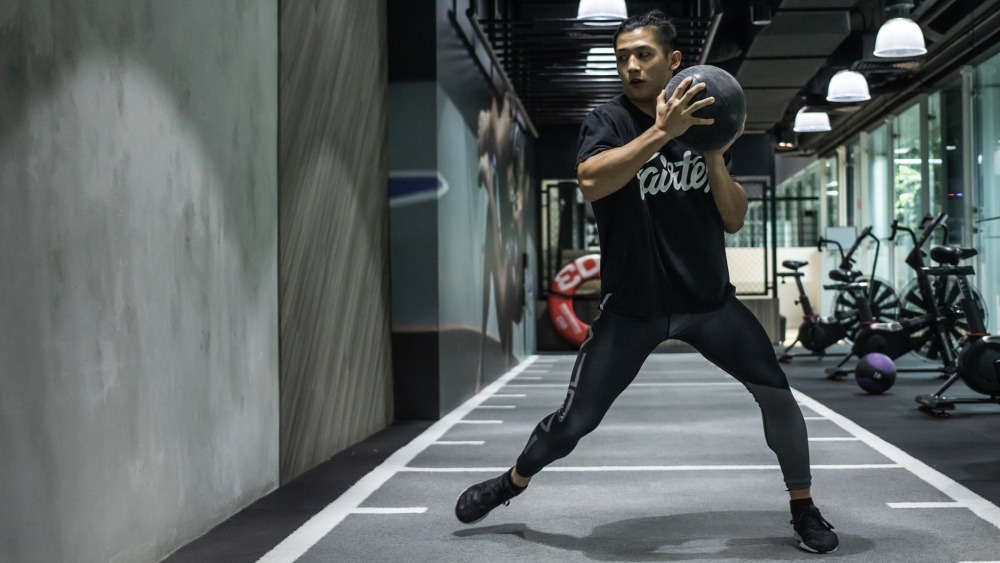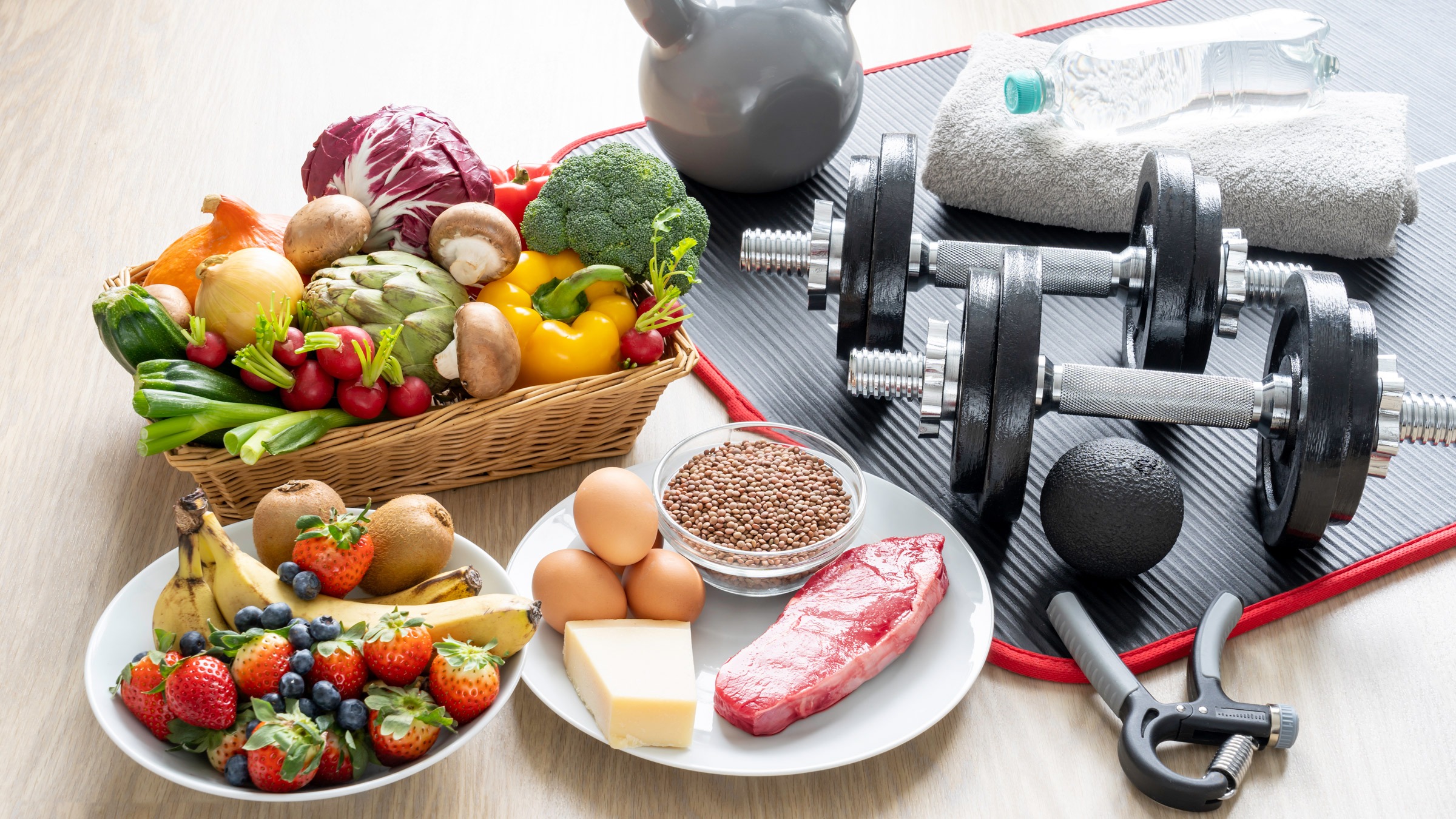You work hard in the gym. You lift, you run, you sweat. But what happens after the workout is just as important as the workout itself. For a long time, people thought recovery was just about taking a break. You finish your last set, you go home, and you rest. While rest is a big part of it, it’s not the whole story.
Today, we’re going to dive deep into what smart athletes do to recover faster and better. We’re talking about advanced techniques that go beyond just a good night’s sleep. These methods help your muscles repair themselves, reduce soreness, and get you ready for your next big workout. When you recover better, you perform better. It’s a simple truth that the best in the business have known for years.
This article will show you how to use these powerful recovery methods. We’ll break down the science in easy-to-understand terms. We’ll look at things you can do right away and things that might take a bit more planning. By the end, you’ll have a complete roadmap to faster recovery, helping you get stronger, grow more muscle, and feel great every day.
Why Recovery is Your Secret Weapon
Imagine your body is a car. A workout is like a high-speed race. You push the engine to its limits. After the race, the car needs to be serviced. The tires need to be checked, the engine needs to cool down, and the fuel needs to be replaced. Your body is the same.
During a workout, you create tiny tears in your muscle fibers. This might sound bad, but it’s actually a good thing. These small tears are what signal your body to rebuild the muscle stronger and bigger than before. This process of rebuilding is called adaptation, and it’s the core of how you get stronger.
If you don’t recover well, your body can’t complete this repair process. You’ll stay sore, your performance will drop, and you might even get injured. This is why many people hit a wall in their fitness journey. They train hard but don’t give their body the chance to catch up. Proper recovery isn’t a luxury; it’s a necessity for anyone who wants to see real progress.
The Big Five: Simple but Powerful Recovery Basics
Before we get to the advanced stuff, let’s quickly talk about the foundation. You can’t build a great house on a weak base. The same is true for your body.
- Sleep: This is non-negotiable. Aim for 7-9 hours of quality sleep per night. It’s when your body produces growth hormone, repairs tissues, and gets your mind ready for the next day. Think of sleep as your body’s main recovery tool.
- Nutrition: Food is your fuel. You need to eat enough protein to rebuild muscle and enough carbs to restore energy. Don’t forget healthy fats, vitamins, and minerals. A balanced diet is key.
- Hydration: Water is life. It helps your body transport nutrients, get rid of waste, and keeps your joints and muscles working smoothly. Drink water throughout the day, especially after a workout.
- Active Recovery: Instead of just sitting on the couch on your rest days, try light activities like a gentle walk, a slow bike ride, or some stretching. This helps increase blood flow, which brings fresh nutrients to your muscles and flushes out waste.
- Stretching: Gentle stretching after a workout can help improve your flexibility and reduce muscle tightness. It’s a simple habit that makes a big difference.
Master these five, and you’re ready for the next level.
Advanced Recovery Technique 1: The Power of Cold and Heat
You’ve probably seen athletes soaking in ice baths on TV. It looks painful, but there’s a good reason for it. Cold and heat therapy can be a game-changer for recovery.
Cold Therapy (Cryotherapy): When you use ice or cold water, it causes your blood vessels to narrow. This reduces inflammation and swelling. After you get out of the cold, your blood vessels open up again, and a rush of fresh, oxygen-rich blood flows into your muscles. This helps clean out waste products and speeds up the repair process.
- Ice Baths: The classic choice. A few minutes in a cold bath (around 50-60°F or 10-15°C) can significantly reduce muscle soreness. Start with a few minutes and work your way up.
- Cold Showers: A more accessible option. Ending your shower with a minute or two of cold water can provide some of the same benefits.
- Targeted Ice Packs: If you have a specific sore spot, an ice pack can reduce swelling and pain right where you need it.
Heat Therapy: While cold is great for a new injury or right after a workout, heat is better for old, lingering soreness. Heat increases blood flow to a specific area. This helps to relax tight muscles and bring in more nutrients for repair.
- Saunas and Steam Rooms: These are great for relaxing muscles and promoting blood flow. A sauna session after a few days of hard training can help you feel much better.
- Hot Baths or Showers: A warm bath with Epsom salts can be incredibly soothing. The magnesium in the salts is thought to help relax muscles.
How to use them together: Many athletes use a method called “contrast therapy.” This involves switching between hot and cold. For example, a minute in a hot shower, then 30 seconds of cold water, repeated several times. This creates a pumping action in your blood vessels, which can be very effective for recovery.
Advanced Recovery Technique 2: Tools of the Trade
You don’t need a professional masseuse to get the benefits of a massage. There are tools you can use at home to work out knots and tight spots in your muscles.
Foam Rollers: A foam roller is a firm cylinder that you can roll your body over. It’s a form of self-massage. By using your body weight, you can apply pressure to tight muscles and break up what are called “adhesions” or “knots.”
- How it helps: It improves blood flow, increases flexibility, and can help reduce muscle soreness.
- How to use it: Gently roll over different muscle groups, like your quads, hamstrings, and back. When you find a tender spot, hold the pressure on it for 20-30 seconds until the muscle starts to relax.
Massage Guns (Percussive Therapy Devices): These are handheld devices that use a rapid, pulsing motion to deliver deep pressure to your muscles. They feel a bit like a powerful, fast massage.
- How it helps: They can quickly increase blood flow to a specific area, release muscle tightness, and help with range of motion.
- How to use it: Move the gun slowly over the muscle you want to treat. You don’t need to press hard; the device does the work for you. Start with a lower speed and see how your body reacts.
Compression Garments: These are tight-fitting clothes, like socks, sleeves, or shorts. They apply gentle pressure to your muscles.
- How they help: The pressure helps improve blood flow and can reduce swelling and inflammation after a hard workout. Wearing them during or after a workout is a simple way to help with recovery.
Advanced Recovery Technique 3: Mind-Body Connection
Recovery isn’t just physical; it’s also mental. Your brain plays a huge role in how you feel and how your body heals.
Meditation and Deep Breathing: Stress is a big enemy of recovery. When you’re stressed, your body produces a hormone called cortisol. High levels of cortisol can slow down muscle repair and make you feel more tired.
- How it helps: Practices like meditation and deep breathing exercises can lower your stress levels and help you relax. Taking just 5-10 minutes a day to sit quietly and focus on your breath can make a big difference.
Visualization: This is a technique where you mentally rehearse your next workout or visualize your body healing and getting stronger.
- How it helps: It can help you mentally prepare for your next session, increase your focus, and even reduce pain perception.
Putting It All Together: A Sample Recovery Plan
You don’t need to do everything at once. Start by picking one or two new things to add to your routine.
On a Workout Day:
- Immediately after: Drink a protein shake or eat a balanced meal.
- 1-2 hours later: Use a foam roller or massage gun on the muscles you worked.
- Before bed: A hot shower or bath to relax, and make sure you get enough sleep.
On a Rest Day:
- Morning: Go for a light walk or bike ride.
- Afternoon: Take a cold shower or use contrast therapy.
- Evening: Meditate for 10 minutes to de-stress.
The Final Word
Recovery is a skill. Just like you practice your squat form or your running pace, you should practice your recovery. It’s not about being lazy; it’s about being smart. By adding these advanced techniques to your routine, you are giving your body the best possible chance to repair itself and grow. This leads to less soreness, fewer injuries, and ultimately, better performance in the gym. So, rest smart, train hard, and watch your fitness journey reach new heights.



